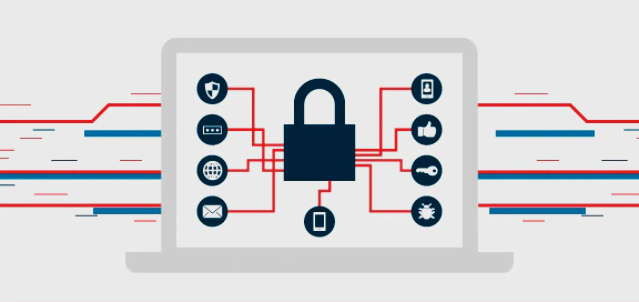Why Automated Sensitive Data Catalog
A common misconception is that IT teams can manually compile a list of sensitive data


The Zero Trust Security Model was conceptualized in 2010 by John Kindervag, principal analyst at Forrester Research Inc. As he defines it, Zero Trust is an IT security model that requires strong authentication or verification for every user or device attempting to access resources on a private network, whether or not they are residing within or outside the network perimeter. No user is trusted by default from inside or outside the network, and verification is required for everyone trying to gain access to resources on the network.
The Zero Trust model of information security basically nullifies the traditional castle-and-moat approach that had organizations focused on defending network perimeters, assuming everything already inside didn’t pose a threat and therefore was cleared for access. Companies instead, have applications on-premises and in the cloud with accessing applications from a range of devices from multiple locations and even potentially from around the globe. 1
A recent IBM-sponsored study demonstrated that the average cost of a single data breach has risen 12% over the past 5 years and now costs $3.92 million on average. This figure comes despite organizations spending more and more on their cyber security efforts. Gartner Inc. has pegged worldwide spending on information security products and services at $124 billion in 2019. It should, therefore, come as no surprise that many organizations are now eager to adopt a zero-trust security policy.
Discovery of all network assets: Asset discovery begins with visibility to all endpoints communicating on your network. Re-authenticating a user’s access to any resource is critical each time a file share, application, or cloud storage device is accessed. Zero trust means that assets are discovered automatically, and compliance mandates can be applied through proper documentation and record-keeping. 2
Lock down access: Zero Trust Privilege requires granting least privilege access in which the enterprise adopts a policy of granting access only to those resources that actually require it. This greatly minimizes the attack surface and demonstrates to users, auditors, regulators and even courts that the organization has taken all reasonable steps to protect data from unauthorized access.
Inspect and Log: Zero trust principles require inspection and verification of all traffic – from logging every network call, file access, and email for malicious activity. With monitoring and data security analytics in place, you will know that a ransomware attack is in progress or if a malicious insider is trying to upload files to their cloud drive.
These processes are crucial when maintaining compliance with the latest regulations like GDPR and CCPA. Both laws define stringent controls for managing, deleting and auditing personally identifiable information. Organizations must possess deep knowledge in the way data is collected, stored, where it is located, how it is being accessed and by whom, how it is being secured and processed.
The journey of successful implementation of zero trust architecture requires meticulous planning. Kogni provides the same with a data-centric security approach that can help you implement Zero Trust Security in your organization:
The goal of Zero Trust security is to protect an organization from advanced cybersecurity threats and data breaches, while helping the company achieve compliance with FISMA, HIPAA, PCI, GDPR, CCPA, and any future data privacy and security laws. By adopting the zero trust model now, organizations can start laying the foundation for all the challenges that arise in the future, at the same time, gain a thorough understanding of data architectures for today's data-driven business demands.
For a comprehensive, free data-centric security risk evaluation, please reach out to Kogni at contact@kogni.io or visit us at kogni.io
References
1 Pratt M, (Jan 2018), What is Zero Trust? A Model for more Effective Security. Retrieved from: https://www.csoonline.com/article/3247848/what-is-zero-trust-a-model-for-more-effective-security.html
2 Hickman T, (June 2019), Why Zero Trust is Crucial to Compliance. Retrieved from: https://www.helpnetsecurity.com/2019/06/03/zero-trust-compliance/